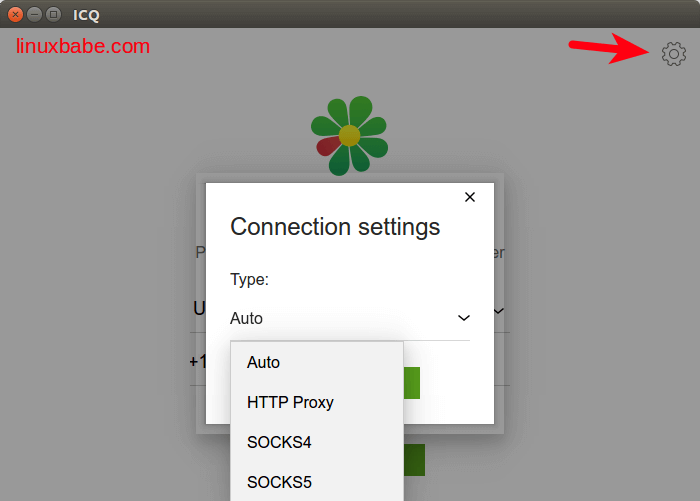Slitaz Install Debian Package On Windows
- Linux Install Debian Package
- Slitaz Install Debian Package On Windows 6
- Slitaz Install Debian Package On Windows 7
The SliTaz GNU/Linux Association Christophe Lincoln OS family Working state Current Source model Initial release 22 March 2008 4.0 / April 10, 2012 ( 2012-04-10) Cooking / May 20, 2015 ( 2015-05-20) Tazpkg Platforms type Default, and various others Official website SliTaz GNU/Linux is a light-weight, community-based suitable for use on older hardware and/or as a. The name SliTaz stands for 'Simple Light Incredible Temporary Autonomous Zone' Features SliTaz uses the window manager. Additional packages are added using a program called 'TazPanel'. This is due to the specific package format that SliTaz uses (tazpkg). It can still use packages from the more popular distribution though, as, by means of first carrying out a conversion of these different packages. By default, SliTaz offers no, however if the user wishes. The choice of the / used with slitaz is then of importance however; persistence being only available with ext2 and ext3 filesystems and the or boot loader.
Debian/Ubuntu (32-bit and 64-bit) To install the. Install debian.deb packages on SliTaz (2 posts) (2 voices) Started 5 years ago by ccc; Latest reply from Rokil; This topic is not a support question; Tags: No tags. How to install crontab on Centos. Port a debian package to YUM for CentOS. This is available on Debian, but not Redhat/Centos.
Another useful tool is, with which users can create their own LiveCD based on selected packages or even based upon the current system state. System requirements SliTaz GNU/Linux is supported on all machines based on the or Intel compatible processors. The Live CD has four variants of SliTaz, requiring from 192 of RAM for the Core system to 48 MB for a text mode and. SliTaz can even run in 16 MB of RAM and a little.
SliTaz can be booted from a Live CD, Live USB, floppy disk, or a (PXE ), or can be installed, requiring approximately 100 MB of hard disk space. Release history Version Release date Stability 1.0 23 March 2008 Stable version 2.0 16 April 2009 Stable version 3.0 28 March 2010 Stable version 4.0 10 April 2012 Stable version 5.0 RC1 2 May 2014 Stable version 5.0 RC2 19 May 2014 Stable version 5.0 RC3 20 May 2015 Current stable version As with any distro, the route of development of SliTaz is mainly determined by the coders themselves. For SliTaz 5, some major changes seem to be the swapping of by 's init and, hence avoiding safety risks, and more implementation of.
Linux Install Debian Package
An implementation of x64 and ARM architectures are currently under development.
Contents. Features SliTaz uses the. Additional packages are added using a program called 'TazPanel'. This is due to the specific that SliTaz uses (tazpkg).
It can still use packages from the more popular distribution though, as, by means of first carrying out a conversion of these different packages. By default, SliTaz offers no, however if the user wish. The choice of the / used with slitaz is then of importance however; persistence being only available with ext2 and ext3 filesystems and the or boot loader. Another useful tool is, with which users can create their own LiveCD based on selected packages or even based upon the current system state. System requirements SliTaz GNU/Linux is supported on all machines based on the or Intel compatible processors.


Slitaz Install Debian Package On Windows 6

Slitaz Install Debian Package On Windows 7
The Live CD has four variants of SliTaz, requiring from 192 of RAM for the Core system to 48 MB for a text mode and. SliTaz can even run in 16 MB of RAM and a little. SliTaz can be booted from a Live CD, Live USB, floppy disk, or a (PXE ), or can be installed, requiring approximately 80 MB of hard disk space. TazLiTo TazLito is the LiveCD creation utility in GNU/Linux.